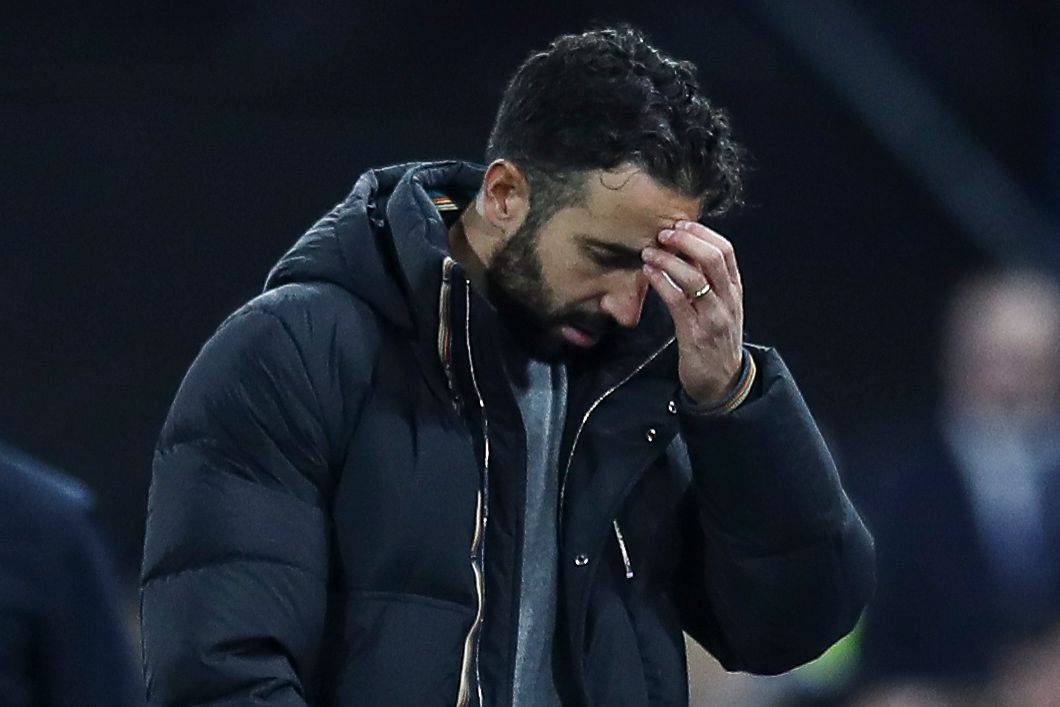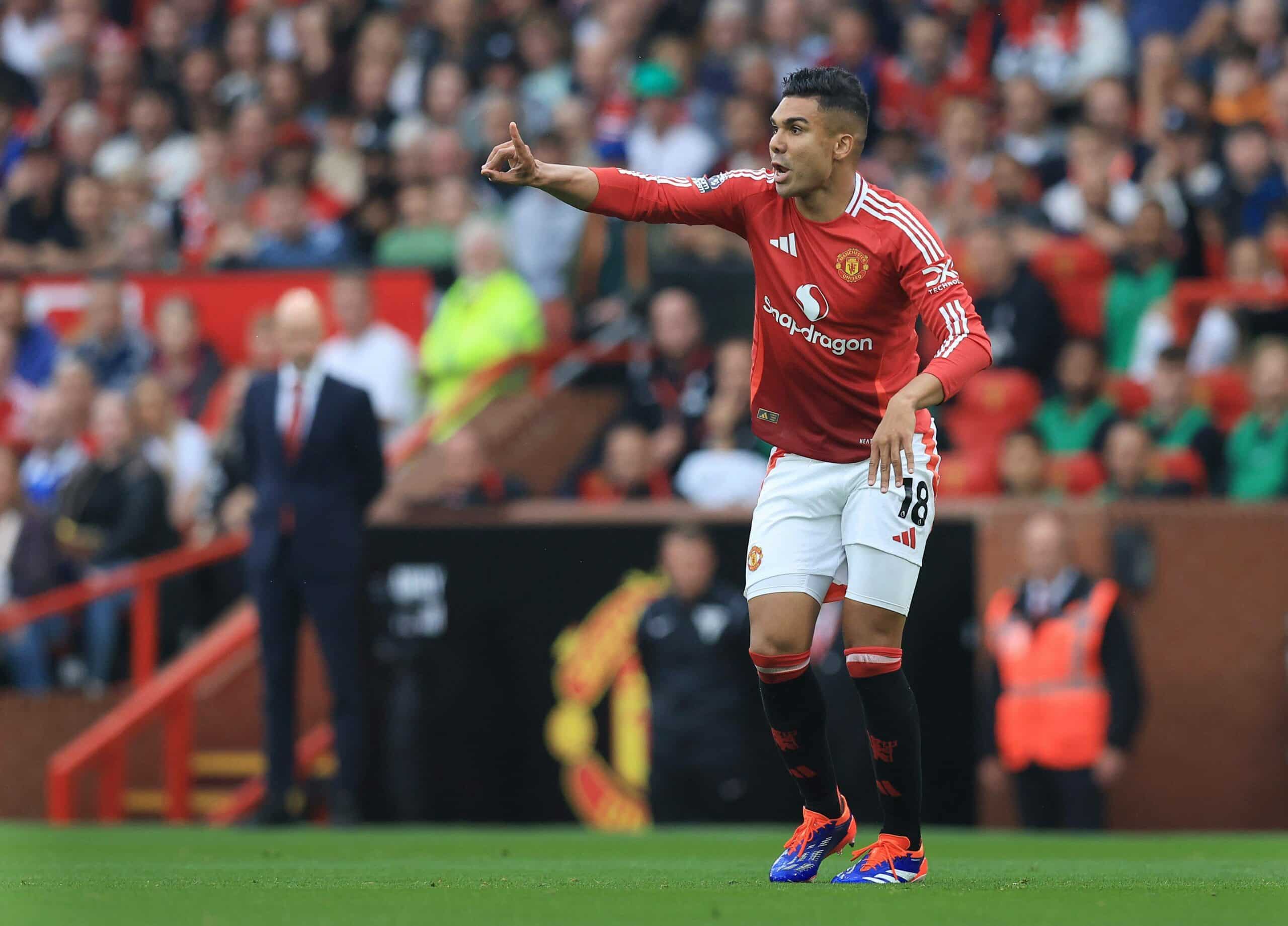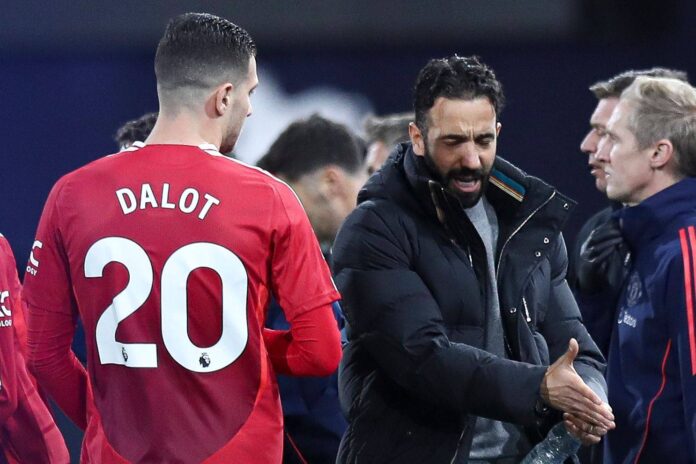What Makes Ruben Amorim’s Manchester United Different?
The arrival of Ruben Amorim at Manchester United has already sparked change, even if the early signs are as much about potential as immediate results. With only a few days to prepare his side before their draw against Ipswich Town, Amorim has begun implementing a system that hints at a more balanced, dynamic approach. Yet, the task ahead is monumental, with some issues destined to take longer to address.

A System Taking Shape
Amorim’s preference for the 3-4-3 formation was evident in his first match. Despite the limited training time, patterns of play and tactical adjustments were visible. The team displayed greater composure in possession, aiming for purposeful, forward-thinking football. This shift in mentality marked a departure from the passive build-up play seen towards the end of Erik ten Hag’s tenure.
The wing-backs, particularly Amad Diallo, played a key role in the attacking plan. Diallo’s incisive run and delivery set up United’s early goal, reflecting Amorim’s emphasis on width and pace.

Meanwhile, Bruno Fernandes and Alejandro Garnacho, operating in more central roles, sought to exploit pockets of space, offering a direct threat when turning towards goal.

However, problems persisted. Ipswich found it too easy to penetrate United’s defensive shape, exposing vulnerabilities that allowed them to grow into the game. Given their chances, Ipswich might feel they missed an opportunity to take all three points.
A More Dynamic Forward Line
Amorim’s tactical tweaks offered glimpses of a more dynamic United attack. By narrowing the positions of Fernandes and Garnacho, Amorim opened lanes for the wing-backs while encouraging his forwards to drive at the heart of the Ipswich defence. In the first half, this approach made United look dangerous and inventive.

Yet, the impact waned after the interval. Ipswich’s defensive adjustments stifled United’s creativity, closing the spaces that were exploited earlier. United struggled to adapt, and their lack of incision after half-time left Amorim with much to ponder. Ipswich’s disciplined second-half performance showcased the resilience needed to counter Amorim’s early ideas, highlighting the tactical battles that await in the Premier League.
Addressing Midfield Challenges
Amorim’s system has clear strengths but also demands much from its central midfielders. The 3-4-3 shape leaves Casemiro and Christian Eriksen with significant ground to cover, a challenge amplified by the relentless pace of the Premier League. While both are experienced, their athleticism is not their defining quality, and Ipswich capitalised by dragging them into uncomfortable positions.

The answer to these challenges may lie in personnel changes. Manuel Ugarte, who thrived under Amorim at Sporting Lisbon, offers the energy, defensive awareness, and ball-winning ability needed to anchor the midfield. Although Ugarte still requires match sharpness, his performances, such as the standout display against Fenerbahce in the Europa League, hint at his potential to shape Amorim’s evolving United.

However, Ugarte alone cannot solve all the issues. Amorim will likely look to the transfer market to secure another mobile, defensive-minded midfielder capable of handling the physical demands of English football. Until then, United’s struggles without the ball are likely to persist.
Adapting to the Premier League
Amorim’s system is a work in progress, but it is already evident that further evolution will be needed. The Premier League’s intensity and tactical diversity present unique challenges that are often unforgiving. A rigid adherence to the 3-4-3 formation may not yield long-term success in this environment.
It would not be surprising if Amorim transitions to a more flexible setup within the next year. Such adaptations will be crucial for United to close the gap on the league’s frontrunners and re-establish themselves as title contenders. Yet, even in these early stages, the signs of progress under Amorim should offer encouragement to the club’s supporters.

